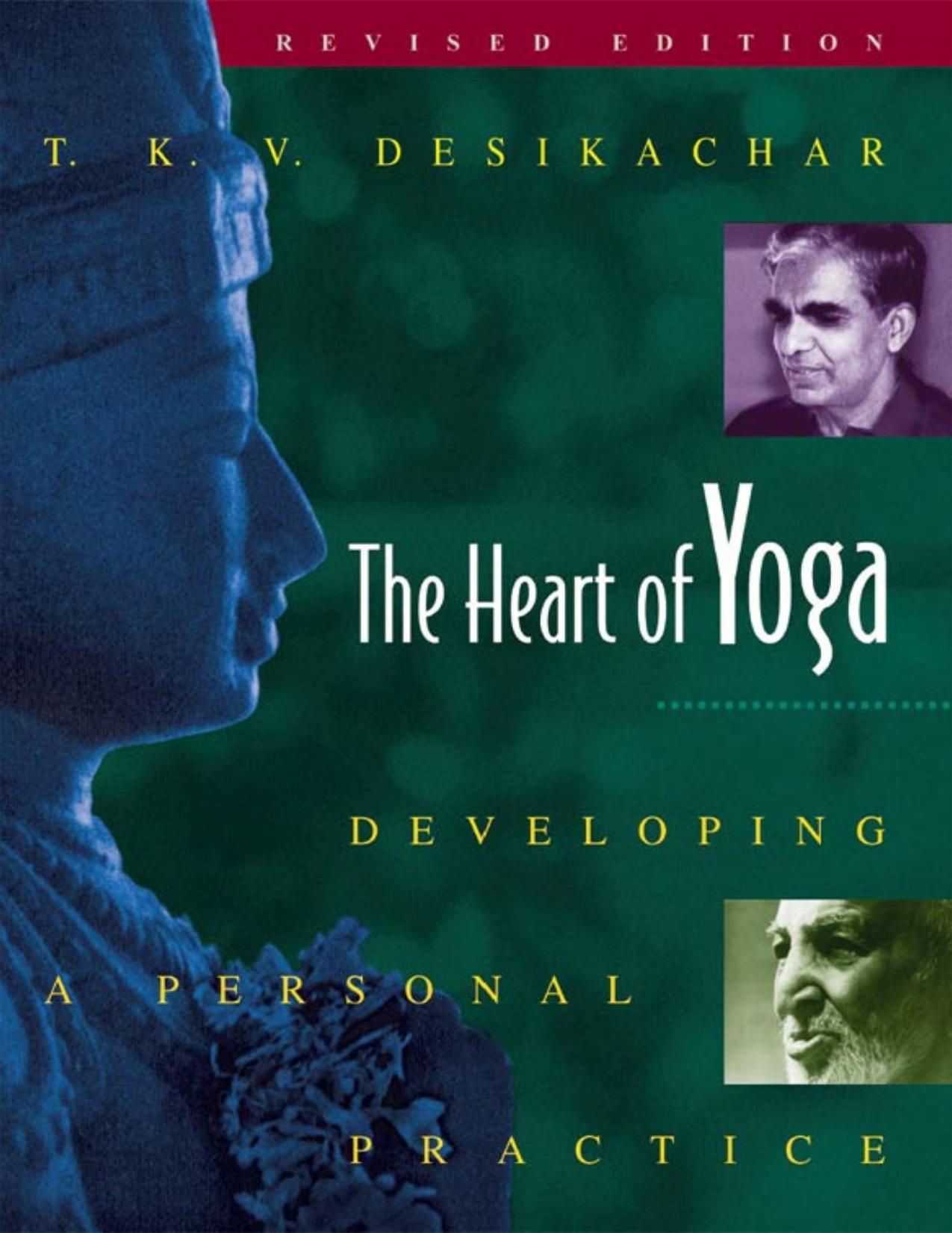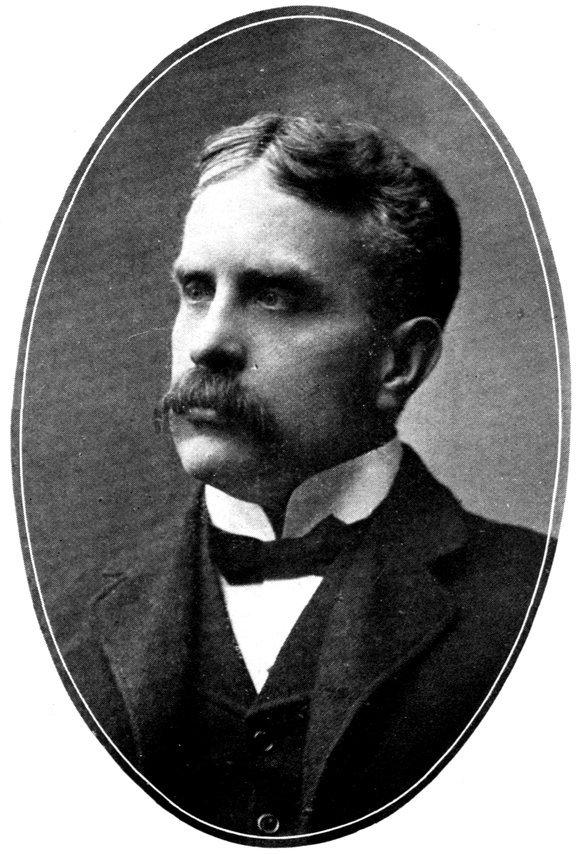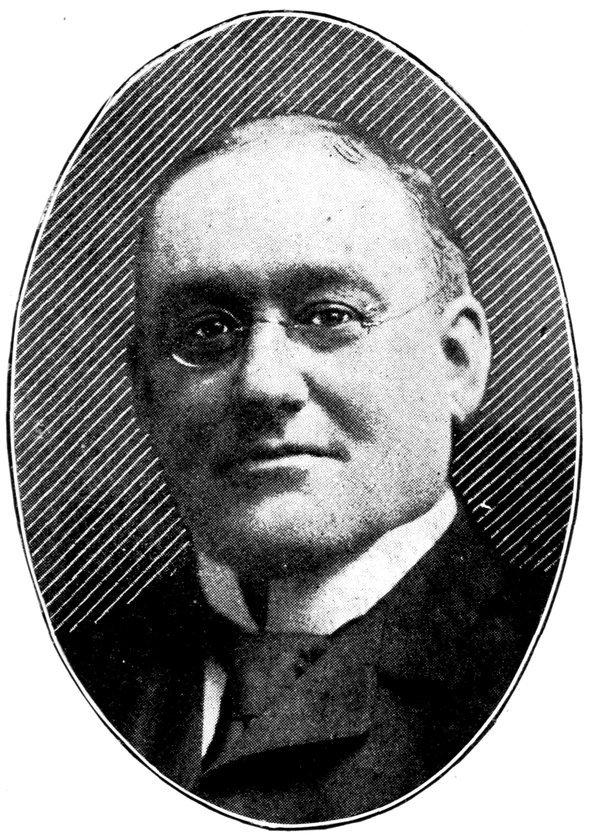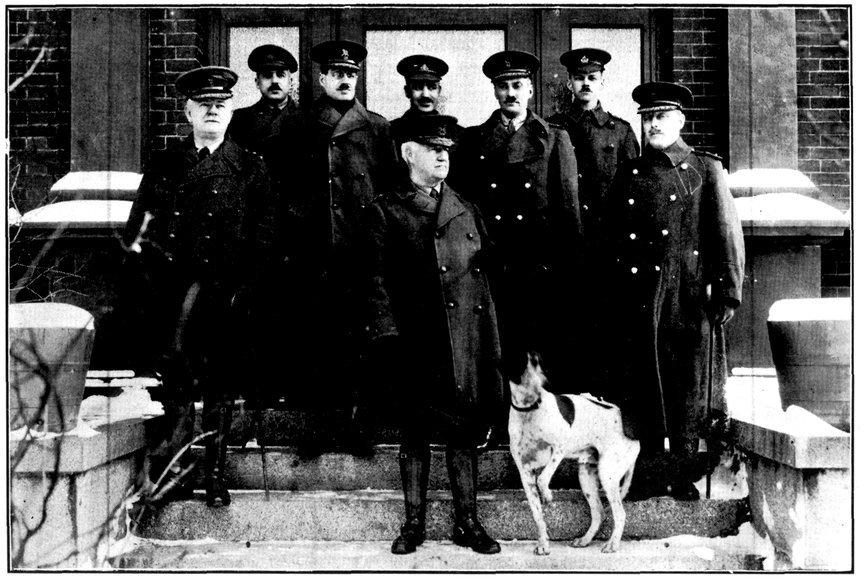NOVA SCOTIA’S PART IN THE GREAT WAR
COMPILED AND EDITED
BY M. S. HUNT
(Captain R.O.)
ILLUSTRATED FROM HALF-TONES
HALIFAX, NOVA SCOTIA: THE NOVA SCOTIA VETERAN PUBLISHING CO., LIMITED
Copyright, Canada, 1920, by M. S. Hunt.
To
The Immortal Memory of Our Fallen Comrades
PREFACE
Two years have passed since the last gun was fired in the Great War on the Western Front and hitherto no attempt has been made to place before the people of Nova Scotia a comprehensive history of the various Military Units and Patriotic Organizations which won for the Province imperishable fame.
Anyone who makes an impartial investigation of Nova Scotia’s response to the call of duty will concede that the sturdy little Province by the sea achieved an enviable record. In some respects it surpassed the other Provinces of the Dominion in promoting the successful conclusion of the great conflict—not only by the number of splendid troops it supplied in proportion to its population, both for Overseas and Home Service, but also because it had in its capital city, Halifax, the Naval Base of the British Empire on the Atlantic Coast, and from its spacious harbor sent many hundreds of ships Overseas laden with Canadian and Allied troops and received them after the Armistice when they were employed in returning the victors to their homes. From Nova Scotia ports, chiefly Halifax and Sydney, were also shipped munitions, supplies and equipment required by the Army in the field. The appreciation of the troops and their dependants on their return from Overseas of the welcome given them by the representatives of the citizens of Halifax, and the comforts and kindnesses bestowed upon them, has been attested by many grateful letters received from homes scattered over the North American continent. The patriotic work of the Nova Scotia Branch of the Red Cross Society, with its country auxiliaries, was magnificent. All other patriotic societies and organizations gave equally valuable service. In fact, Nova Scotia played a role in the conduct of the war which will redound to her glory for all time. May the same sense of unity and spirit of self-devotion, which characterized her people
during the war, be retained undiminished and be used wisely in time of peace.
In giving a review of each of the Military Units which were mobilized or organized in Nova Scotia for service in the Great War, narrative has been adhered to as far as possible. Official war records were consulted in so far as they were available, but a great deal of information had to be gathered from personal war diaries and interviews. The book contains as complete a history of Nova Scotia’s part in the Great War as could be compressed into a single handy library volume. And it has several unique features. It contains many engraved portraits of Nova Scotian officers who made the supreme sacrifice, of officers commanding Units, leaders of patriotic organizations, and groups of special persons and events, and a reproduction of the authentic Nova Scotia Coat of Arms, granted by Charles I—all of which will be of great interest to readers of this history.
Before closing this preface special recognition should be made of J. D. Logan, M.A. (Dalhousie Univ.), Ph.D. (Harvard Univ.), formerly Sergeant in the 85th Battalion, Nova Scotia Highlanders, for his patient, keen, and thorough reading of the entire manuscript, with important alterations and corrections.
I am also deeply indebted to Major J. G. Johnstone, R.O., for his indefatigable assistance in the compilation of this volume.
For information and assistance my thanks are also due to: Colonel W. E. Thompson, Colonel Thos. Cantley, Lt.-Col. S. G. Robertson, C.B.E., Lt.-Col. H. Flowers, Lt.-Col. Joseph Hayes, D.S.O., Lt.-Col. D. H. Sutherland, Lt.-Col. R. B. Simmons, Lt.-Col. A. W. Duffus, Lt.-Col. T. M. Seeley, Lt.-Col. J. L. McKinnon, Lt.-Col. E. C. Dean, Major C. E. McLaughlin, Major G. B. Cutten, Acadia Univ., Major A. A. Sturley, Univ. of King’s College, Major J. F. Taylor, Major M. D. McKeigan, Major W. G. McRae, Major D. A. McKinnon, D.S.O., Major P. O. Soulis, Capt. G. C. McElhinney, M.C., Capt. Angus L. McDonald, Hon. Capt. Clarence McKinnon, Capt. B. M. Beckwith, Capt. F. G. Kingdon, Capt. G. T. Shaw, Lieut. W. H. Whidden, Dr. H. P. McPherson, St. Francis Xavier University, Professor Fraser Harris, Medical School, Dalhousie University, Principal F. H. Sexton, Nova Scotia Technical College, Mr. A. A.
Campbell, Mr. F. A. Crowell, Mr. McI. Miller, Mr. Stuart McCawley, Mr. Wilfred Hearn, Mr. J. McL. Fraser, Mr. J. A. Walker.
M. S. H���, Capt. R.O.
H������, N.S. A�������� D��, 1920.
Nova Scotia’s Part in the Great War
CHAPTER I
HEADQUARTERS MILITARY DISTRICT No.
Upon the opening of the World War the following were the principal Staff Officers at Halifax, the headquarters of Military District No. 6:—
Col. R. W. Rutherford, G.O.C.; Col. W. W. Humphrey, A.O.C.; Major R. J. Hayter, G.S.O.; Major A. H. W. Powell, D.A.A. & Q.M.G.; Major W. Gibsone, D.A.A. & Q.M.G. Fortress.
Military District No. 6 then embraced the Maritime Provinces, but later in the war, when Compulsory Service came into force, New Brunswick was made into a separate District, No. 7.
The aforementioned Staff bore the brunt of this sudden change from peace to war, and met and overcame the resultant many new problems with great credit to themselves.
The sudden deluge of work included the calling out and recruiting up to strength of the Halifax City Regiments, viz.: 1st Regiment Canadian Artillery, 63rd Regiment Halifax Rifles, and 66th Regiment Princess Louise Fusiliers, as part of the War Garrison of Halifax; supplementing this Garrison later by a Regiment styled the Composite Regiment, called up by Companies from other Militia Regiments in Nova Scotia and from the 82nd in P. E. Island; calling out the 94th Argyll Highlanders to guard the cable and wireless stations at North Sydney, Marconi, Louisburg, and Canso, and detachments of Artillery from the P.E.I. Heavy Brigade to protect the Harbors of North Sydney and Canso; the provision of guards for the wireless station at Newcastle, N.B., for the International Bridge at St. Leonard’s and Vanceboro, and the calling out of the 3rd Regiment
Canadian Artillery and the 62nd Regiment Infantry for the defence of St. John, N.B.
This meant that the immediate necessities of war called upon the Maritime Provinces to furnish, equip and train and keep supplied some 3,000 officers and men, of whom almost 2,600 were supplied by the Province of Nova Scotia; and of these more than 1,500 men from the City of Halifax.
This accounts for the fact that in the mobilization of troops for the first contingent at Valcartier there were not so many men reported there for duty from the City of Halifax or from rural Cape Breton as might have been expected. The officers and men, though keen to enter this larger sphere, were compelled to do this guard and garrison work, and were only relieved and permitted to join Overseas Battalions as new men could be found willing to take their places.
In addition to equipping this force the further pressing duty upon the H. Q. Staff was the working out of a system of recruiting to take care of the thousands of young men anxious to get into the Overseas Battalions as they were authorized, and to train these men and officers.
The first change in H.Q. Staff came in December, 1914, when Major W. E. Thompson was called in from his Regiment, the 63rd Halifax Rifles, then doing duty on McNab’s Island, to take over the work of Inspector of Outposts and Detachments throughout the District, with the rank of Lieut.-Colonel.
This officer succeeded, upon the retirement of Colonel Humphrey in March, 1915, to the appointment of Assistant AdjutantGeneral and Officer in charge of Administration. He remained at H.Q. throughout the war and until October 1, 1919, having succeeded to the command of the District in December, 1918, upon the retirement of Major-General Lessard. He was promoted full Colonel in May, 1916, and during the summer of that year he acted as Commandant at Aldershot Camp in addition to doing his work as A.A.G.
Every officer at H.Q. was continually on the watch for an opportunity of proceeding overseas. The chance came first to Major Hayter, who was offered the position of Brigade Major at Valcartier and was permitted to accept in September, 1914. A careful, most
painstaking officer, always at work, always thinking about his work, he left his impress; and at Valcartier, in England, and in France the same qualities marked his value. His great modesty may have somewhat retarded his promotion, though he won the rank of Brigadier-General before the war closed.
For some time the work of G.S.O. was rather perfunctorily performed by officers awaiting their chance to go overseas and was not again severely faced till it was taken on by Major A. N. Jones on his being invalided home from France after service with the 25th Battalion. He carried on till his health broke down in January, 1917, when Major Soulis acted temporarily till the arrival of Col. W. R. Lang, who arrived in this station with General Lessard, remaining till May, 1918, when he was succeeded by Major W. G. Haggarty.
There was a bit of a struggle between Major Gibsone and Colonel Thompson for the command of the 40th Battalion, the second Overseas Battalion to be raised in this District, but the prize fell to the former, and his place was taken by Major R. B. Willis, who filled the duties of D.A.A. and Q.M.G. Fortress for the balance of the war with great credit.
Early in 1915 Major Powell was promoted to the rank of Lieut.Colonel. His special work was responsibility for recruiting and the organizing, officering and equipping of Units for Overseas Service. He brought great energy and ability to this work, and when New Brunswick was converted into a separate District he was detailed to that District as A.A.G., February, 1916.
Lieut.-Colonel Powell was succeeded by Lieut.-Colonel B. R. Armstrong, of St. John, N.B., who came out with his Regiment, the 3rd C.A., at St. John upon the outbreak of the war, and who in addition to this command was the representative of the Officer Commanding the District in New Brunswick, and had a special supervision over recruiting in that Province. He carried on the duties of D.A.A. and Q.M.G. for District No. 6 till demobilized in September, 1919.
His work was of a very high order, his grasp of details was unusual, and his knowledge of shipping and business affairs was of great assistance, particularly in connection with the very important work of transporting, embarking and disembarking troops.
This latter work assumed such dimensions that it was found necessary to provide him with an assistant. Major W. D. Tait served in this capacity for a time till he assumed command of McGill Heavy Battery for service Overseas, when, in June, 1916, he was succeeded by Major P. O. Soulis, who came out on the outbreak of war with his Regiment, the 1st C.A.
Major Soulis was given the special department of Statistics and Documents, and the supervision of all embarkations and disembarkations. The combination of these two officers made this most important work proceed so smoothly that hundreds of thousands of men went through this port with the bulk of the citizens not realizing that anything unusual was going on.
It should be mentioned, however, in this connection, that the work of H.Q. could not have met with the success it did, were it not for the very efficient executive work of Major A. P. Lomas, the executive head of the Department of Transport and Supplies during the rush-time of this most important work. Nor could the work of H.Q. have met with success in this matter had it not been for the energy and co-operation which the Clearing Services Command, represented here first by Lieut.-Colonel H. F. Adams and later by Lieut.-Colonel Cram, brought to its work of passing troops going and coming through its depot at Pier 2.
When after Compulsory Service came into operation the necessity became evident for an officer to be detailed to give exclusive attention to the compilation and care of soldiers’ documents, the choice most naturally fell upon Major Soulis. He made a close study of the work, and his system met with so much approval that many of his ideas were adopted by Militia Headquarters and were put into general operation. Major Soulis continued to hold the appointment of District Record Officer till demobilized in July, 1919.
Both Colonel Armstrong and Major Soulis were South African Veterans, the former having lost a foot in action there, and the latter having been mentioned in despatches.
In December, 1914, Colonel Rutherford was promoted to the rank of Brigadier-General, and in October, 1915, was given his step to Major-General. He was an officer of much more than ordinary attainments, and filled well the office of General Officer
Commanding, always carrying the confidence and respect of his Staff. A noticeable increase in defective hearing shown during a conference of General Officers at Ottawa led Militia H.Q. to bring about his retirement, and in November, 1915, he was succeeded by Major-General Thomas Benson.
HEADQUARTERS STAFF, M.D. 6.
General Benson brought a long training in military affairs, a broad outlook, an attractive personality, and good judgment to cope with the many questions arising in the District. He gave up his command in February, 1918, to the regret of his Staff and of citizens who had been wont to do business at Military Headquarters. He was given leave till July 1st of that year, and his valuable services were recognized by investment with the order of C.M.G.
General Benson’s successor was Major-General T. L. Lessard, who retained command till December 28, 1918, when he was succeeded by Colonel W. E. Thompson.
The work done by the Garrison at Halifax during the war was most arduous, exacting and valuable. From August 7, 1914, when Canada entered the war till final demobilization, the work was kept up continuously, and upon the strictest laws of military discipline.
Only such officers whose places could be filled by volunteers were permitted to proceed Overseas, and no man was relieved for this broader field of action unless there was a man ready to take his
place. This being so, it was the exception for an officer once on the Staff or for any well-trained officer of the Units out, particularly of the Artillery, or for good non-commissioned officers and specialists to get a chance for Overseas. They all knew that should the war terminate without their getting over they would for the rest of their lives be compelled to explain that they were not permitted to go and felt keenly how flat such an explanation would fall. They had, however, the consolation that they were doing a necessary and valuable work and were buoyed up with the hope their chance would yet come; and if not, the State would at least recognize their voluntary services as at least equal to the services of those, many of whom were draftees, who had not proceeded further than England or St. Lucia. Up to the time of writing, however, no such recognition has been forthcoming.
The above sets out in most skeletonized form the ordinary duties of H.Q. consequent on the Country being at war, and the Port of Halifax being the only port of embarkation and disembarkation for Canadian troops and supplies of war during the most strenuous months of the year.
In addition were the extra responsibilities of caring for troops awaiting embarkation. These troops were not only Canadians but also troops from United States, Australia, New Zealand and some 50,000 laborers from China.
When a contingent passed through the port, either coming in or going out, from illness or other causes some were left behind, and these had to be cared for, often taxing the facilities of the barracks and hospitals to their utmost. In the summer of 1918 when we encamped at Aldershot, some 5,000 United States troops and a whole shipload was suddenly disembarked at Sydney suffering from the “flu.”
The temporary derelicts from Canadian troops passing through the City of Halifax were taken care of by being attached to the Composite Battalion, under Lieut.-Col. H. L. Chipman. When ready for Overseas these were attached to another unit going through. The records show the number of such exceeded 10,000 men. Lieut.Colonel Chipman deserves special mention for his splendid administration of the Composite Battalion and for his wise handling
of many difficult problems not to be met in an ordinary Garrison Battalion.
Again, the awful catastrophe which befell the City of Halifax on December 6, 1917, when a ship loaded with high explosives exploded in the harbor, spreading death and devastation broadcast, placed a great burden upon the Garrison and proved its great value in a sudden emergency. Every officer and man of every Military Unit and Department, with all the military facilities of the Garrison were rushed into the work of removing the dead and wounded, fighting fires, preparing shelters, transporting and feeding the destitute, doing police duty and the hundred and one things that came to the hands of a willing, well-trained body of troops.
The Ordnance, under Lieut.-Col. Arthur Panet, opened wide its doors, and one of the first orders issued from H.Q. was for every available man of the 63rd from McNab’s and the 66th from York and also every artilleryman of the 1st C.A. from the forts to be rushed to the city and, proceeding to the devastated area by way of the Ordnance Yard, for each to carry with him a blanket for the wounded and destitute. This order was fully carried out, Col. Panet, though himself wounded, travelling continuously to and from the area of most suffering to see that as many as possible were cared for.
Major H. P. Lomas, then at the head of the Department of Supplies and Transport, met the necessities of the sufferers with the same breadth of judgment, bigness of heart and broad interpretation of regulations which marked his most successful administration throughout the war of this the essentially business department of the Service.
Elsewhere in this publication will be found articles dealing with specific work done in this District during the war, so that in this article it is only attempted to give a general idea of who sat at Headquarters during these strenuous times and a general idea of the work they were called upon to originate and supervise; and it must be borne in mind as the detail of this specific work is studied and admired or condemned, the responsibility and the direction was always with that often maligned, seldom praised or congratulated, but nevertheless patient, long-suffering, faithful, headquarters.
This article cannot properly close, however, without mention of the other heads of Departments in addition to those specially
mentioned above because of their close association with the matters dealt with, who so heartily and with such great self-sacrifice performed their various duties, each in their turn:
Lieut.-Col. J. A. Grant, Lieut.-Col. McKelvie Bell, and Col. H. S. Jaques as Assistant Directors of Medical Service.
Lieut.-Colonel Houliston, Lieut.-Colonel Benoit, Lieut.-Colonel Van Tuyl, and Major Pringle, Commanding the Royal Canadian Engineers.
Lieut.-Colonel Dean, Assistant Director of Transport and Supplies.
Col. S. J. R. Sircom (Brig.-General upon Retirement), Assistant Director of Pay Services.
Col. J. F. Macdonald, Senior Ordnance Officer.
Major J. A. Proudfoot, District Signalling Officer.
Lieut.-Col. H. F. Adams and Lieut.-Colonel Cram, Clearing Services Command.
CHAPTER II.
THE 6th CANADIAN MOUNTED RIFLES.
The 6th Canadian Mounted Rifles was recruited from the different Maritime Provinces Militia Cavalry Regiments—“A” Squadron from the 8th P.L.F. (headquarters Sackville, N.B.), and 36th P.E.I. Light Horse (headquarters Charlottetown, P.E.I.); “B” Squadron from the 28th N.B. Dragoon Guards (headquarters St. John, N.B.), and “C” Squadron from the 14th King’s Canadian Hussars (headquarters Canning, Nova Scotia).
The establishment of officers and warrant officers consisted of the following:
O.C., Lieut.-Col. R. H. Ryan, South African, Russian-Japanese, American-Mexican Wars; 2nd I.C., Lieut.-Col. A. E. Ings, Militia Long Service Medal; Capt. and Adj., Capt. B. W. Roscoe (later Capt. J. W. Long); Q.M., Major R. A. March; O.M., Major Colin Macintosh; Chaplain, Capt. G. A. Kuhring; M.O., Capt. F. A. R. Gow; Sig. Off., Capt. H. R. Emmerson; Asst. Adj., Lieut. E. M. Arnold; Vet. Off., Lieut. J. S. Roy; R.S.M., L. W. Long.
“A” Squadron—O.C., Major A. J. Markham; 2nd I.C., Capt. B. W. Roscoe; Lieut. A. T. Ganong, Lieut. G. N. D. Otty, Lieut. G. R. Barnes, Lieut. W. D. Atkinson, Sqd. Sgt.-Major N. Dawes.
“B” Squadron—Major C. H. McLean; 2nd I.C., Capt. M. A. Scovil; Lieut. E. J. Mooney, Lieut. E. A. Thomas, Lieut. H. S. Everitt, Lieut. Geo. Morrisey, Sqd. Sgt.-Major J. M. Lamb.
“C” Squadron—Major T. A. Lydiard; 2nd I.C., Capt. J. C. Gray; Lieut. H. H. Pineo, Lieut. J. P. Knowlton, Lieut. W. J. Brown, Lieut. H. L. Bowness, Lieut. B. M. Beckwith, Sqd. Sgt.-Major George Gill.
Colonel Ryan and many of the officers and other ranks had volunteered at the outbreak of the war but owing to the expected
necessity for the employment of mounted troops in the Maritime Provinces (the 14th K.C.H. having actually received orders for mobilization) their services were not accepted. It was also intimated to Colonel Ryan, who was at Valcartier, when the First Division was mobilized, that in the event of the Maritime Province Cavalry not being mobilized as Militia Units for home service he would be permitted to raise a Cavalry Regiment from these Units and would be given command thereof, owing to his previous service and experience in the field.
Accordingly Colonel Ryan returned to Nova Scotia and in December, 1915, received orders to recruit the Regiment.
















